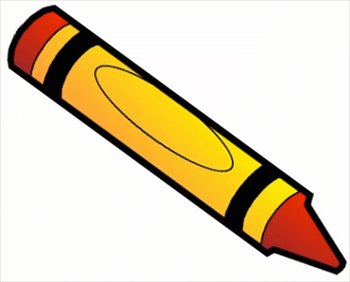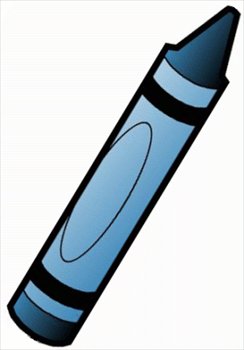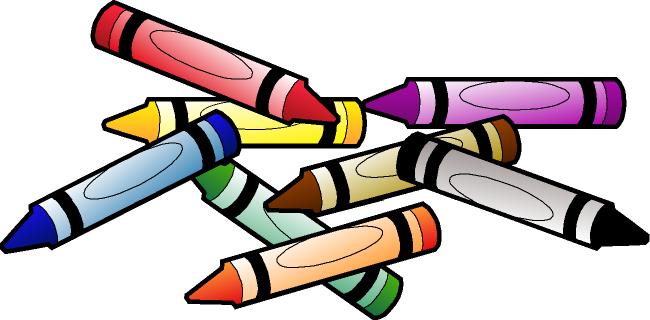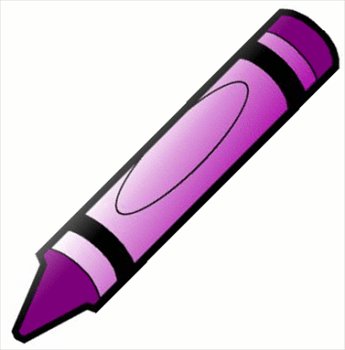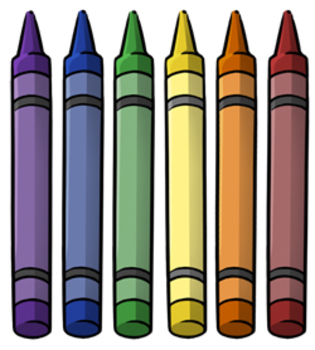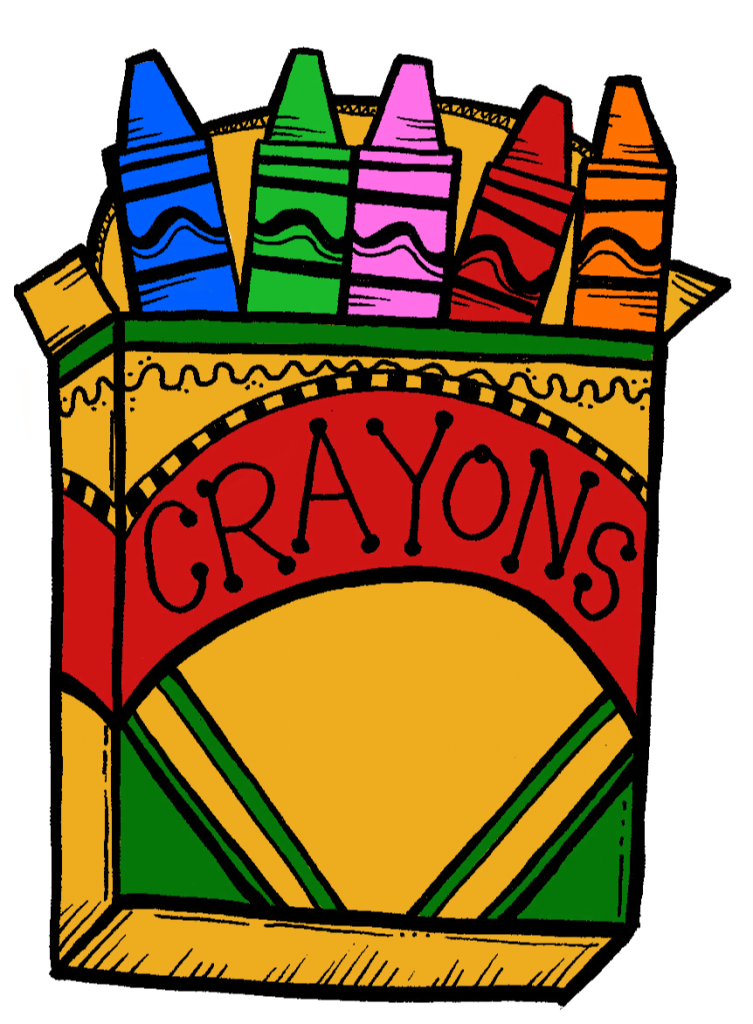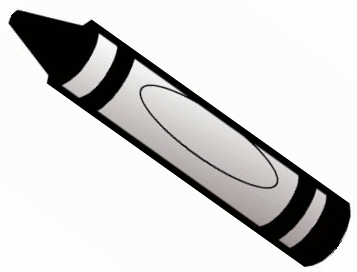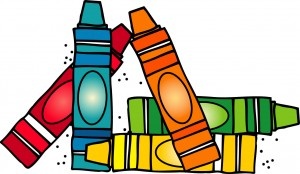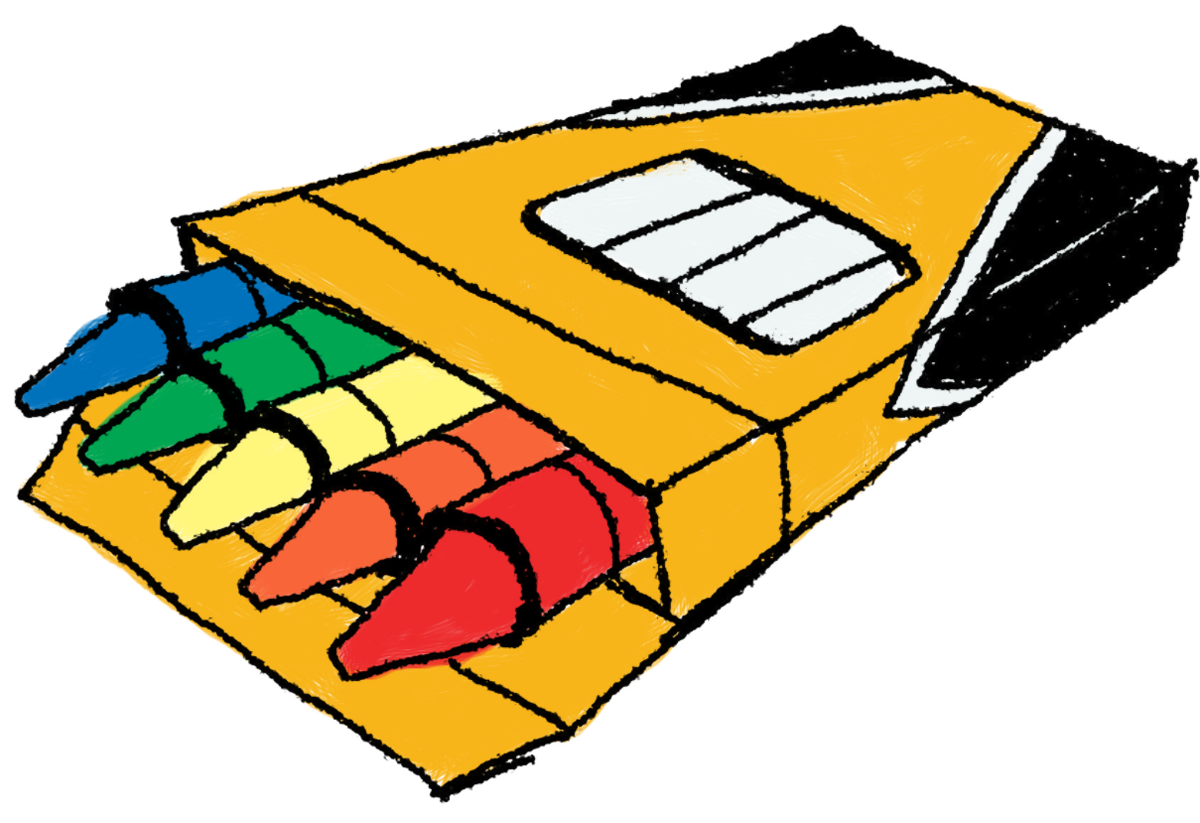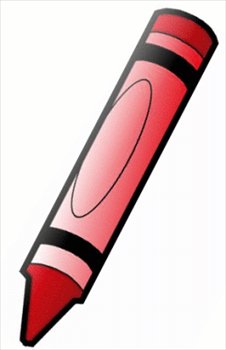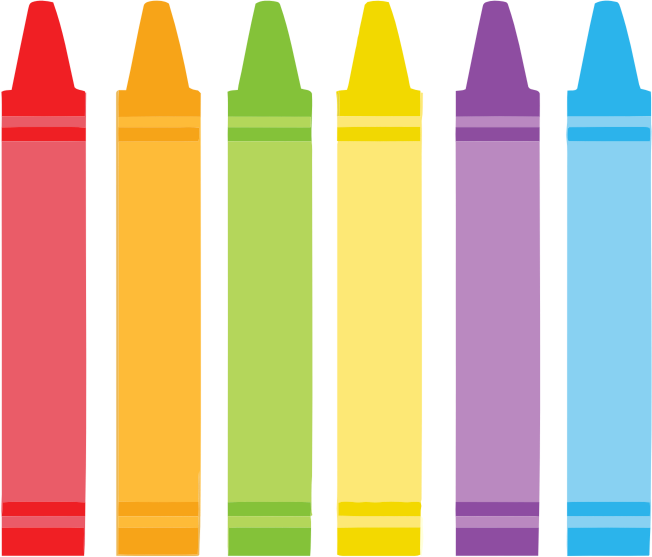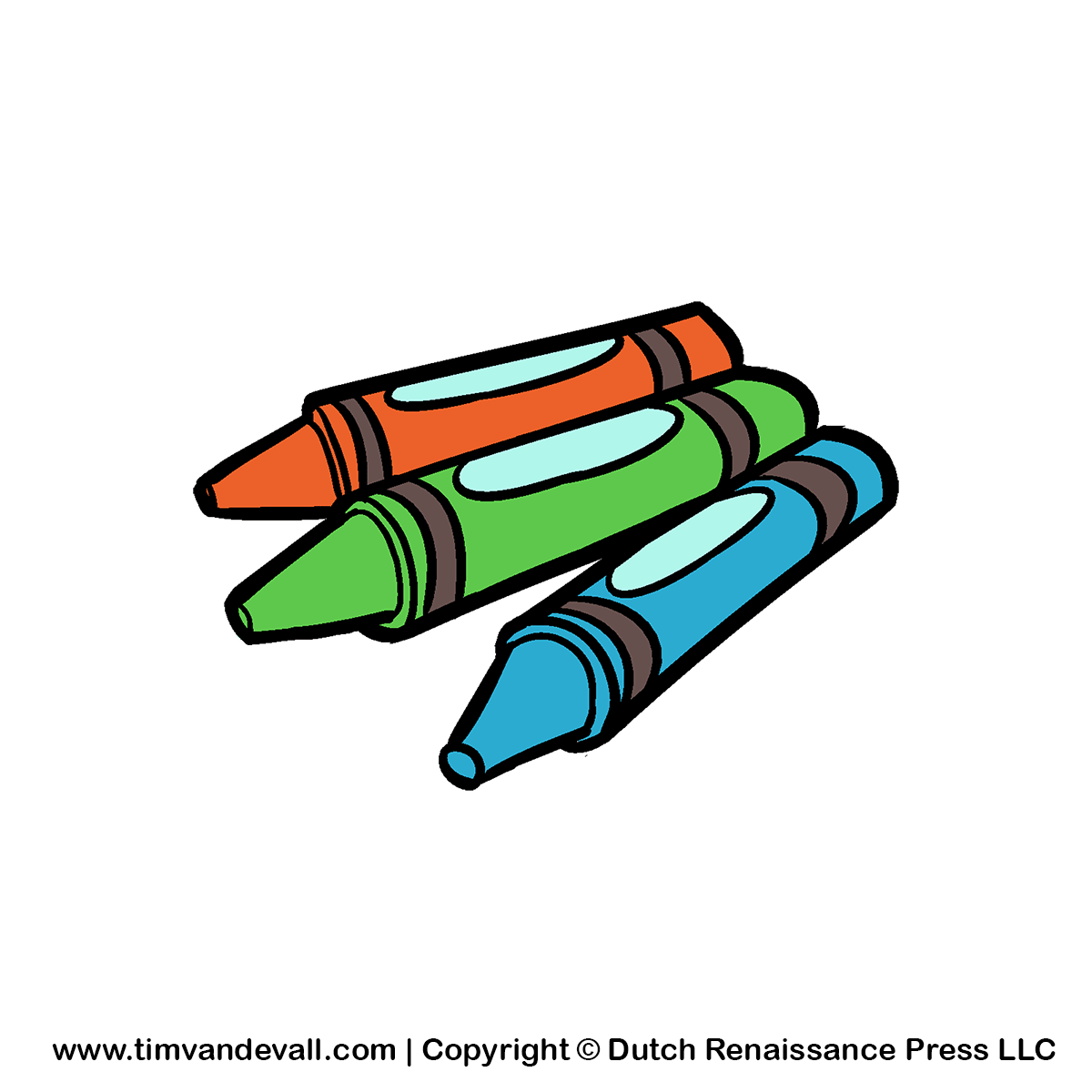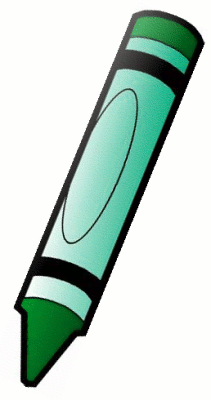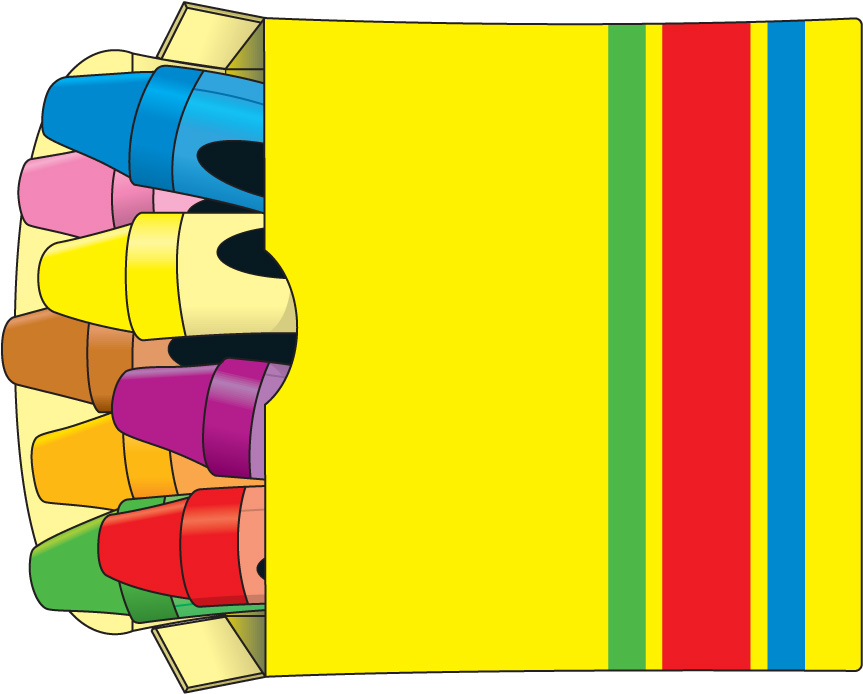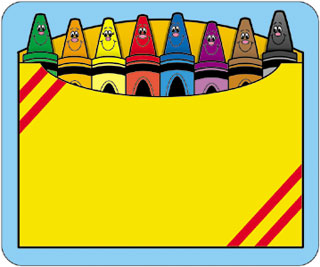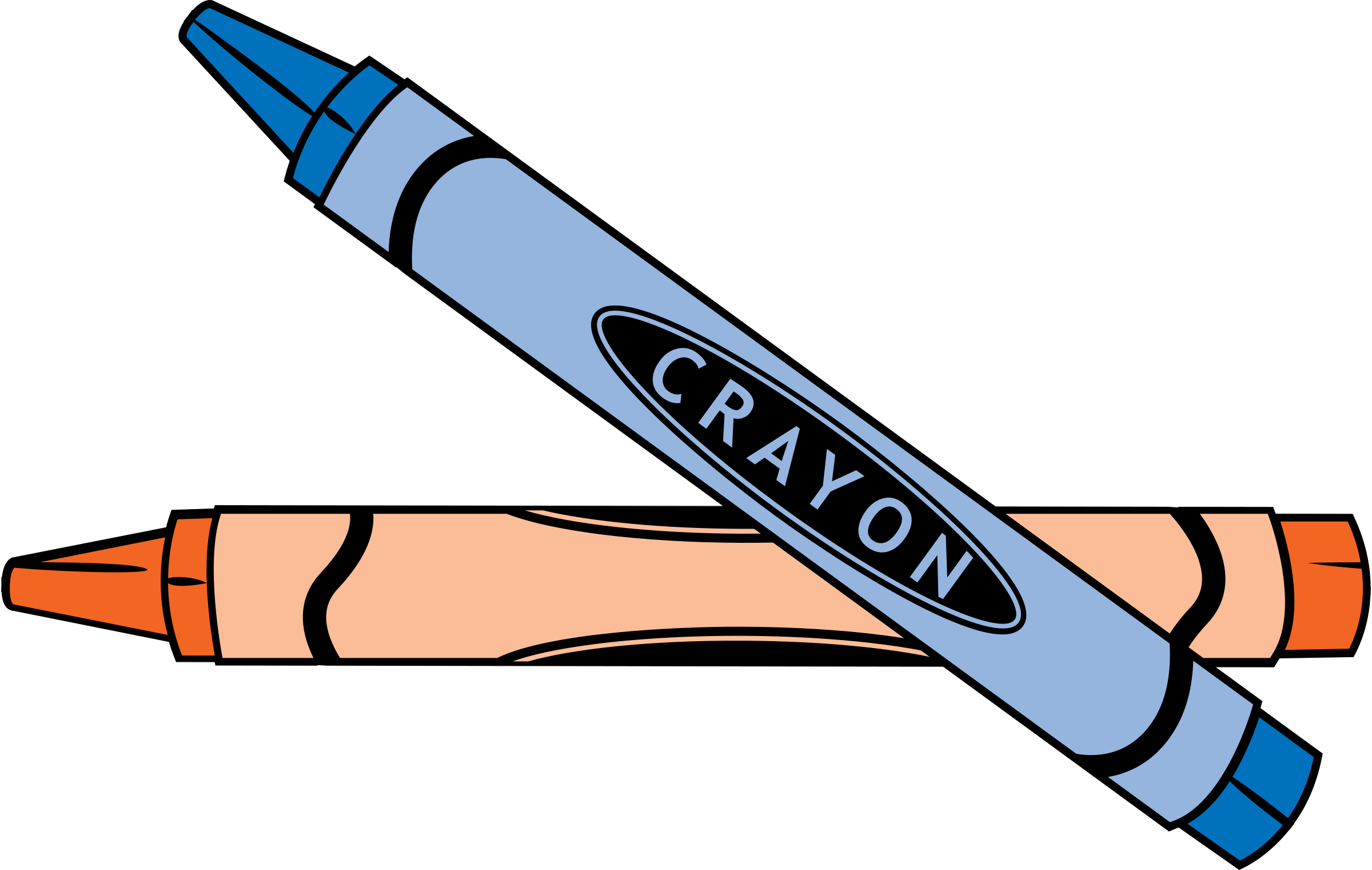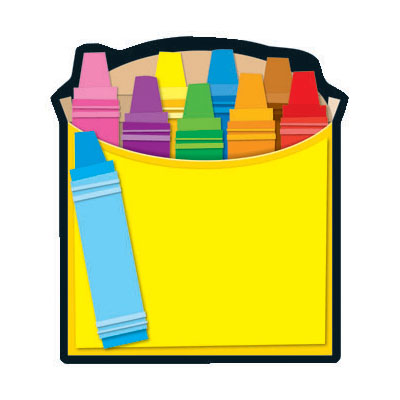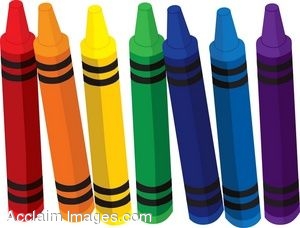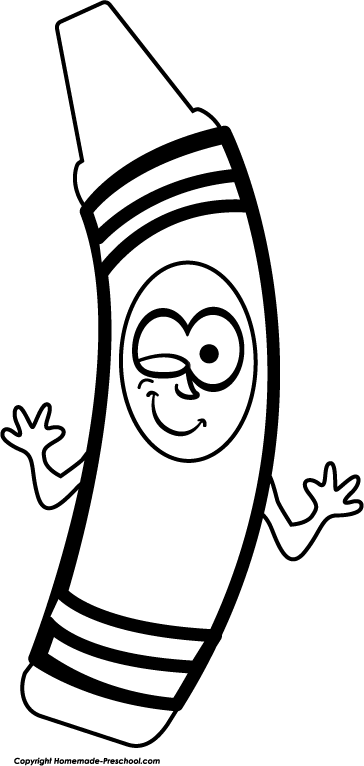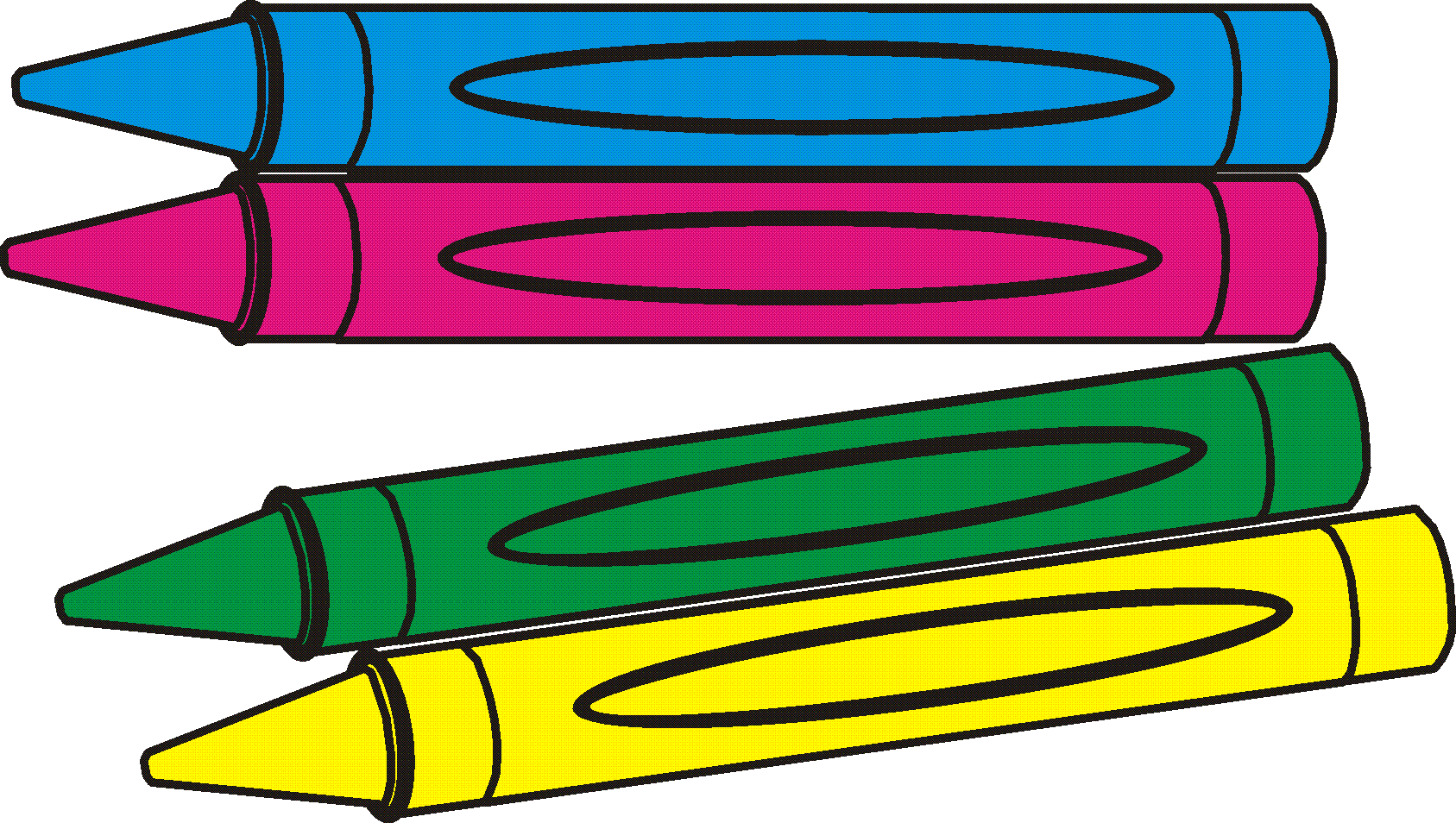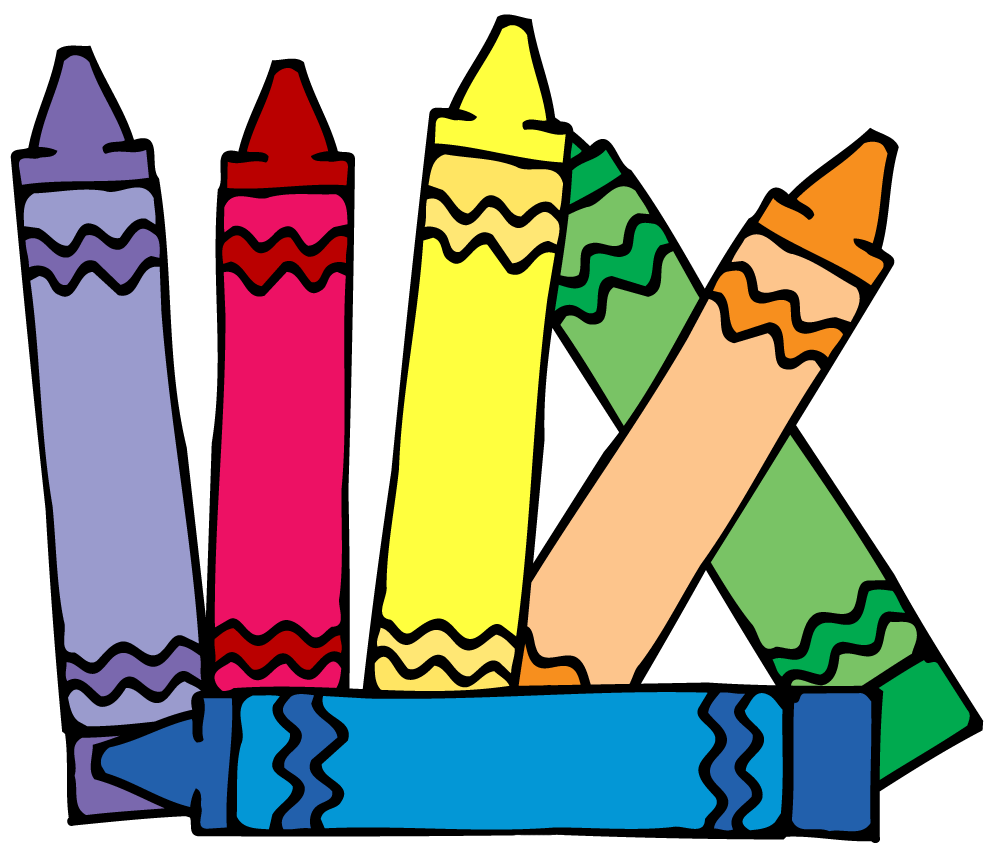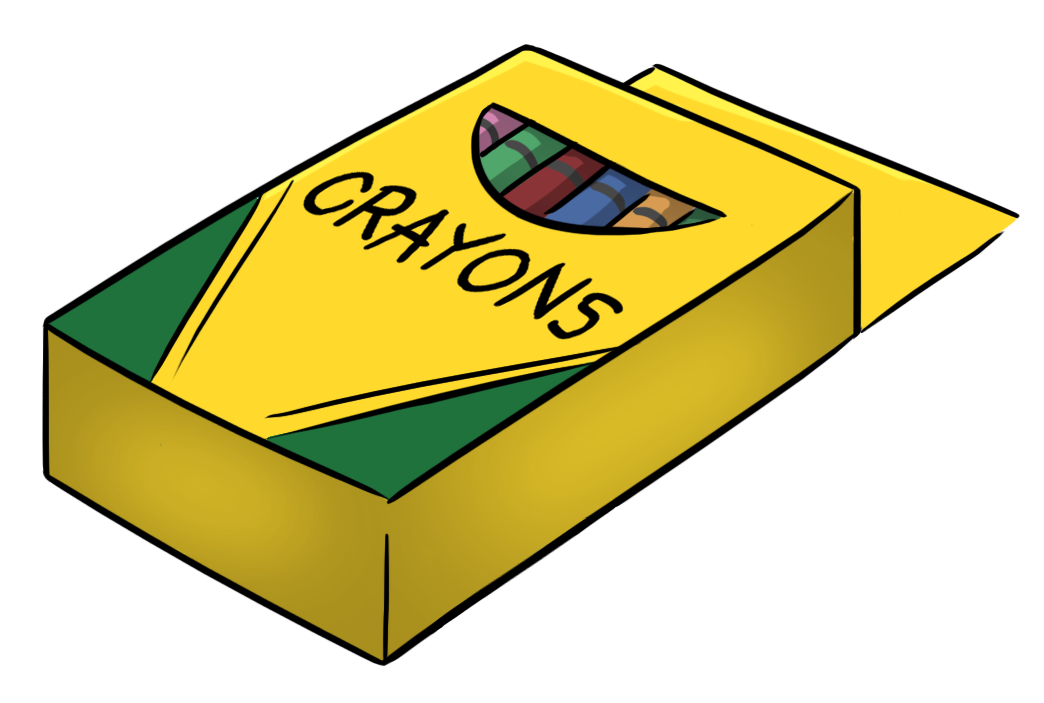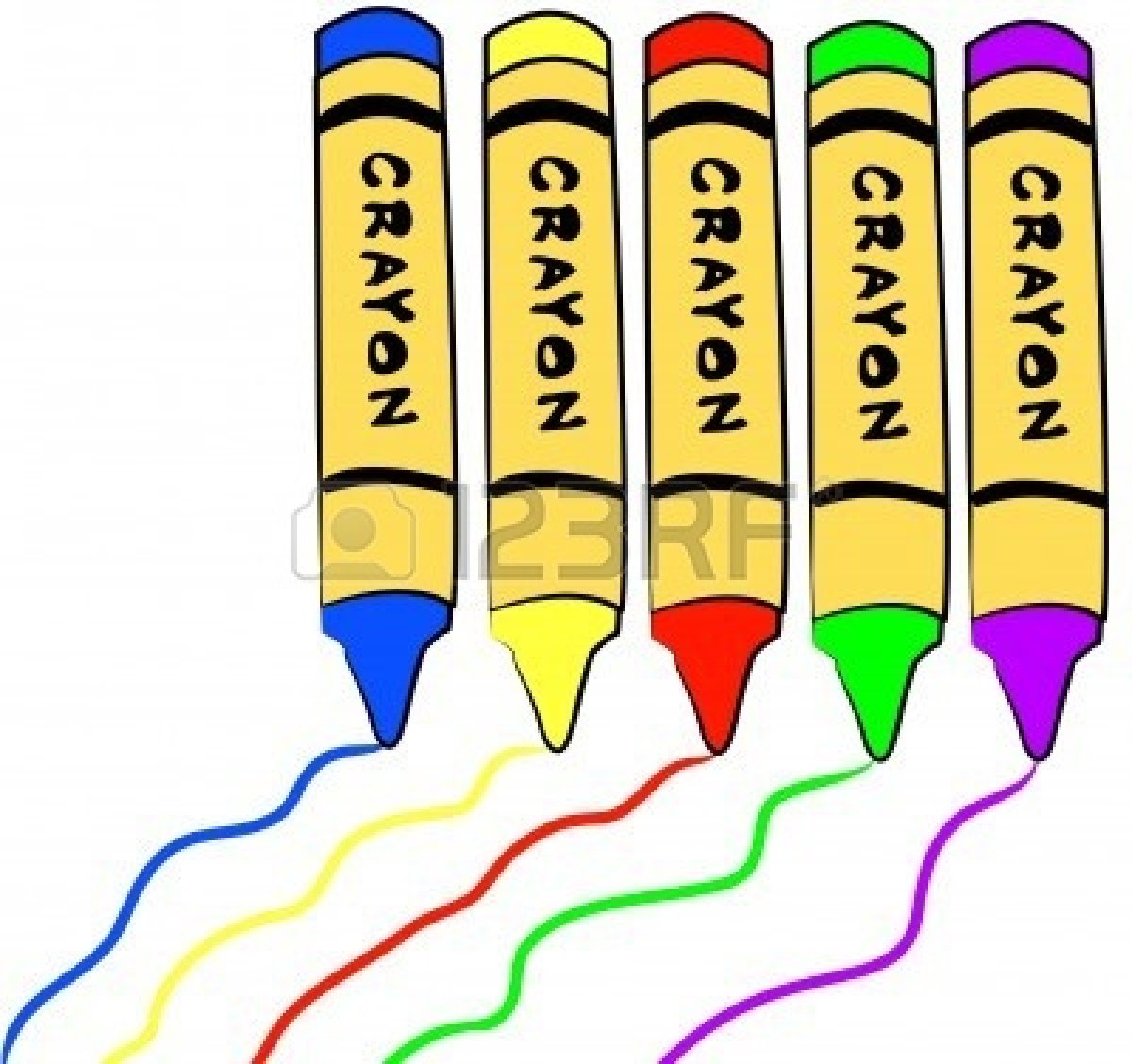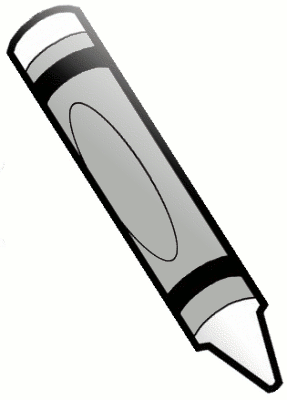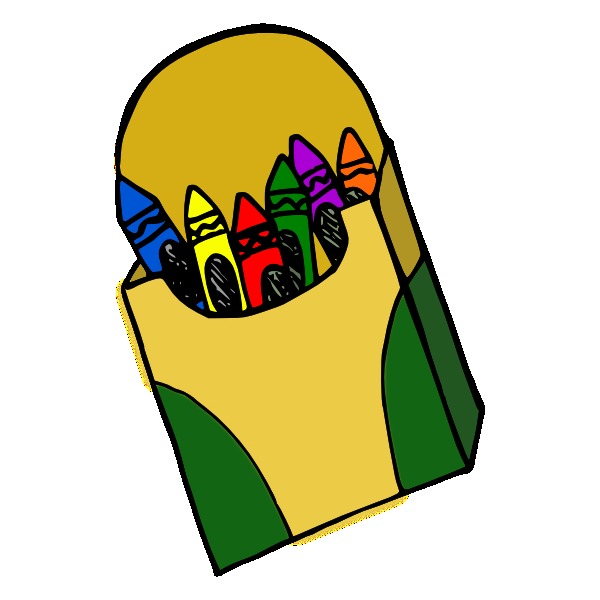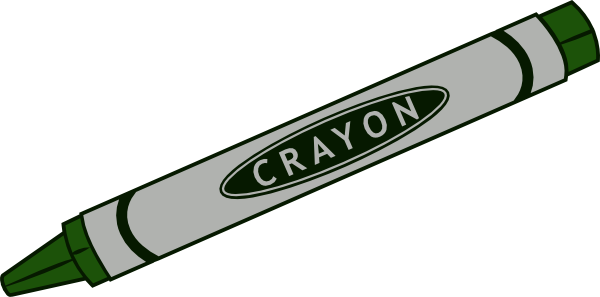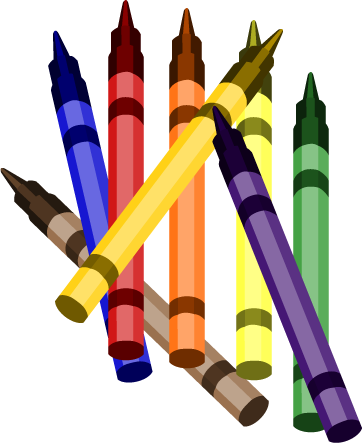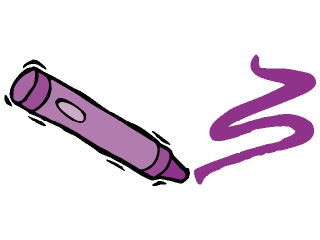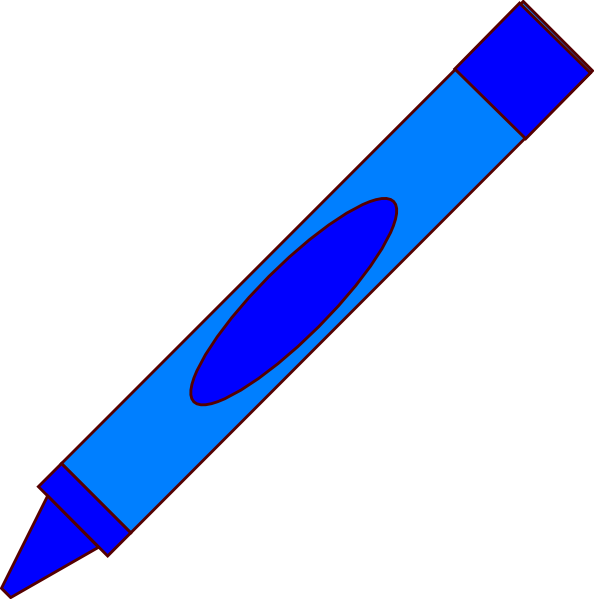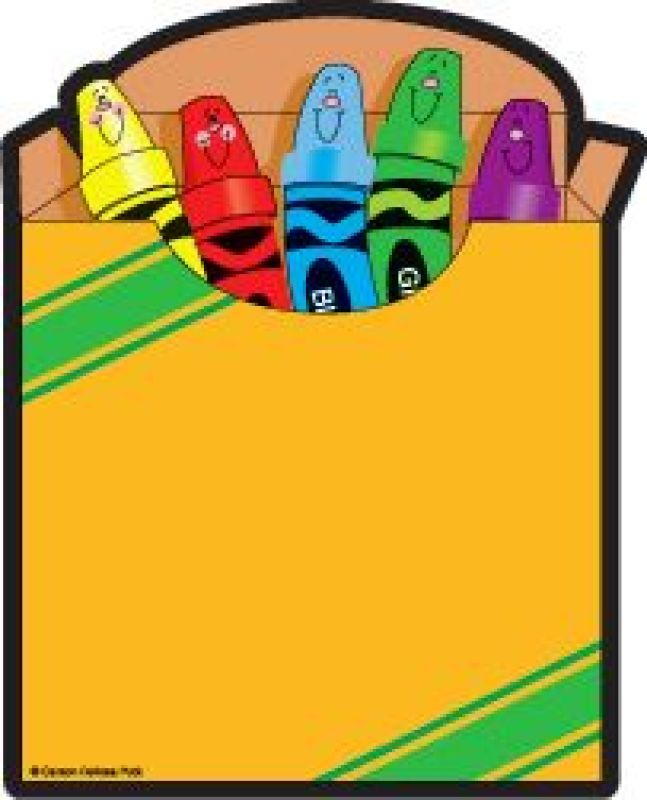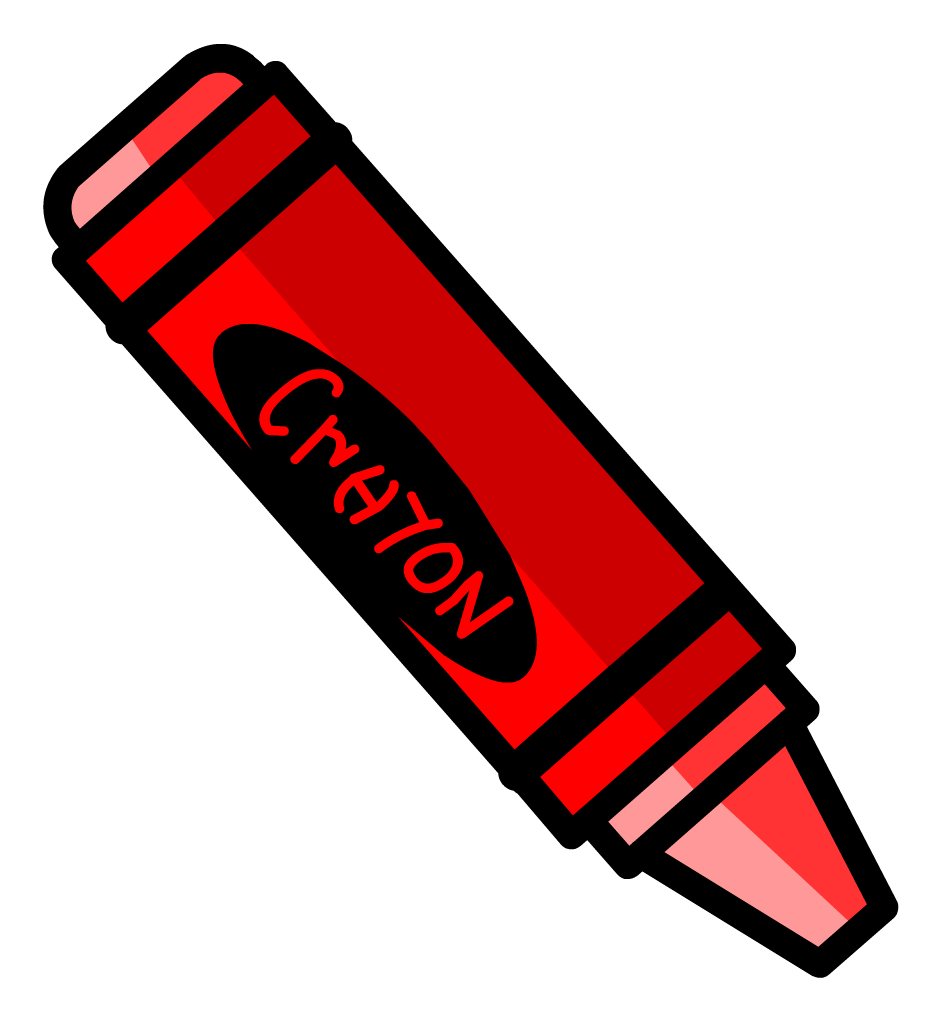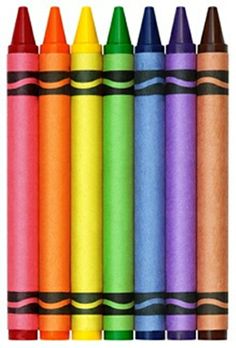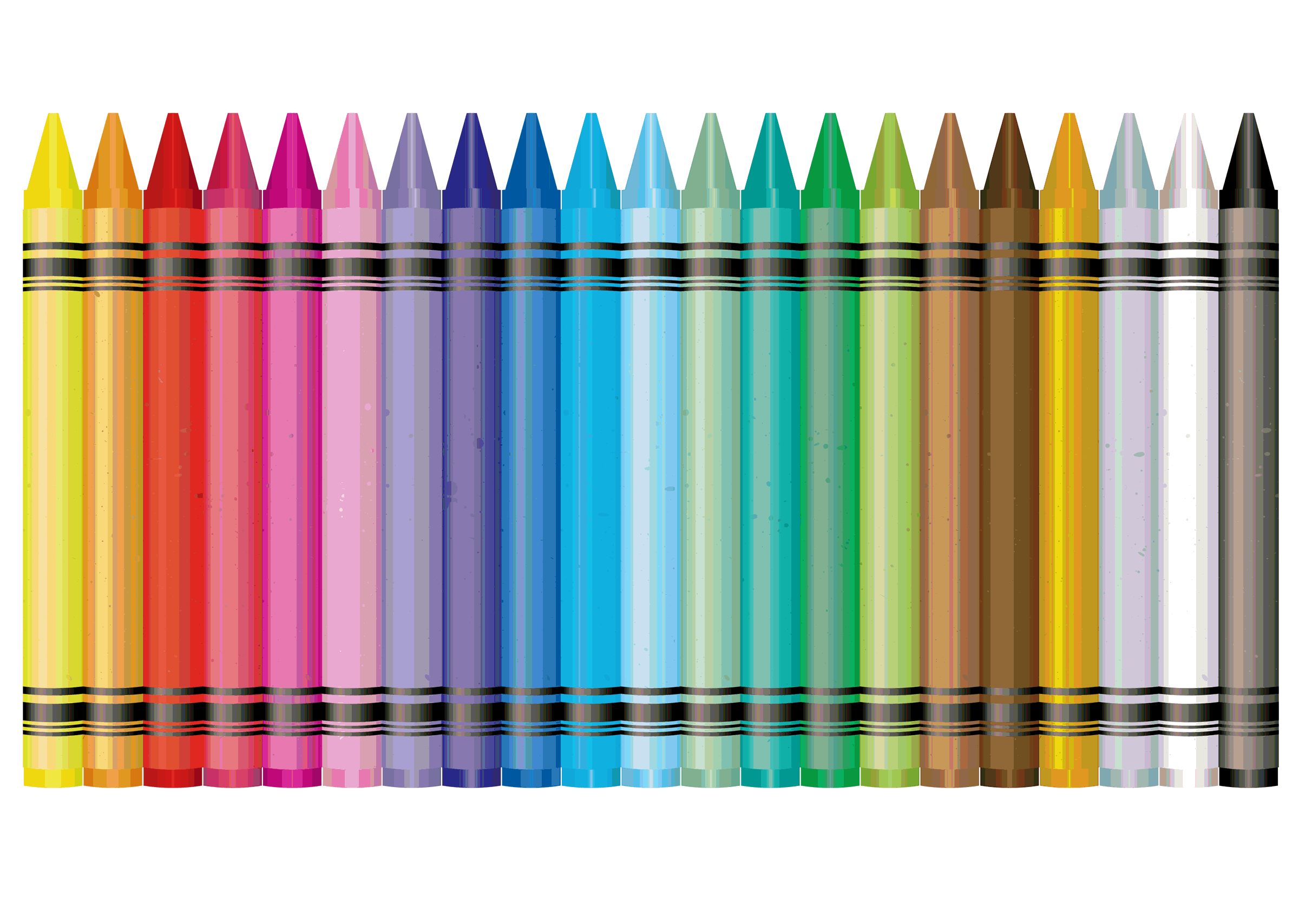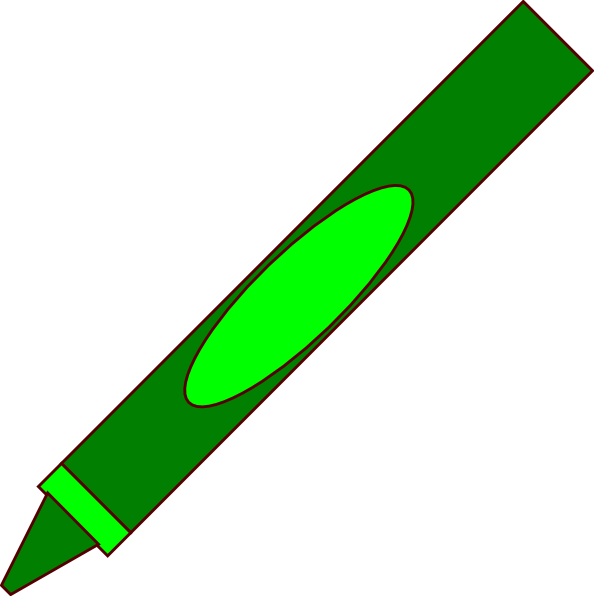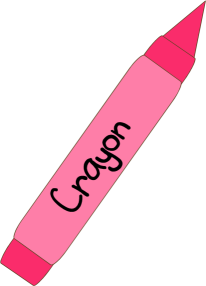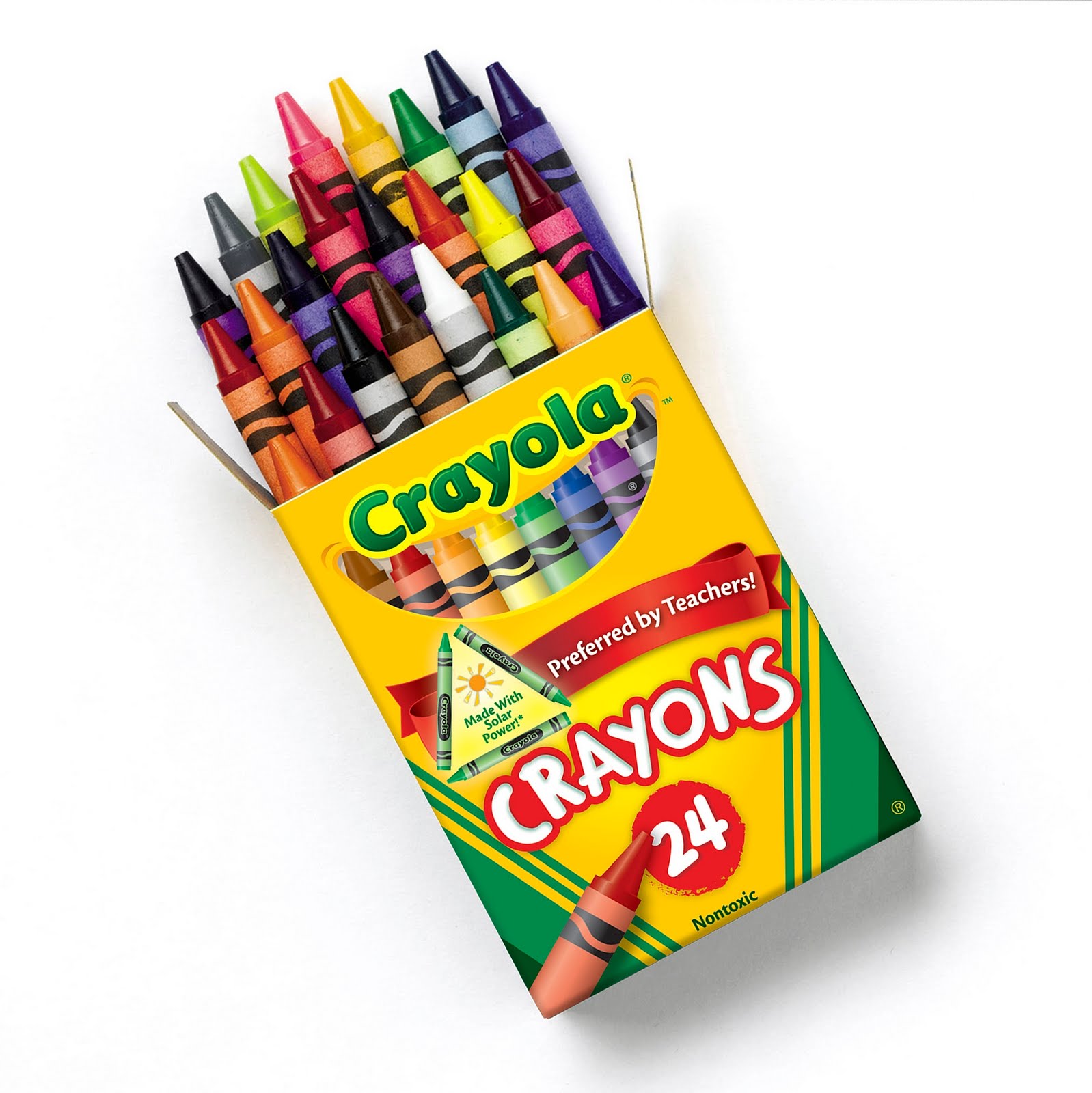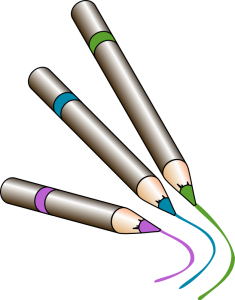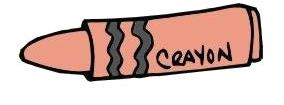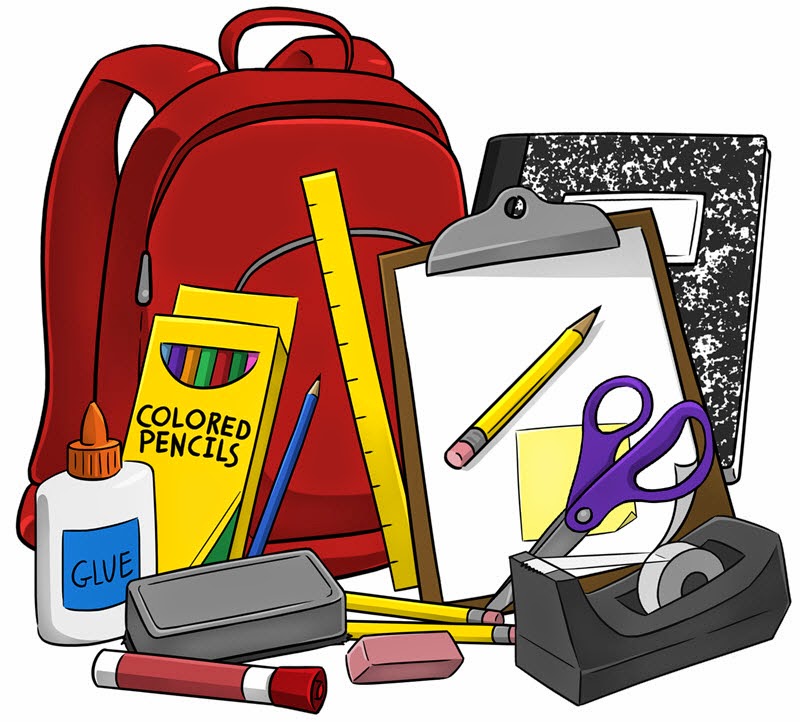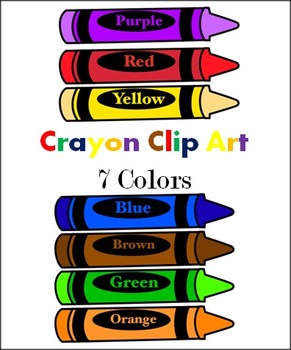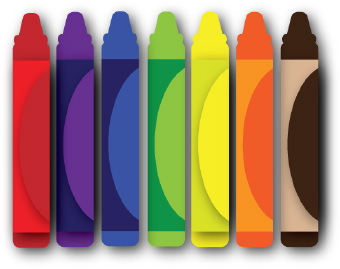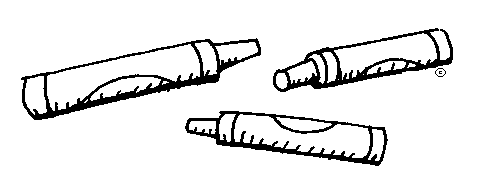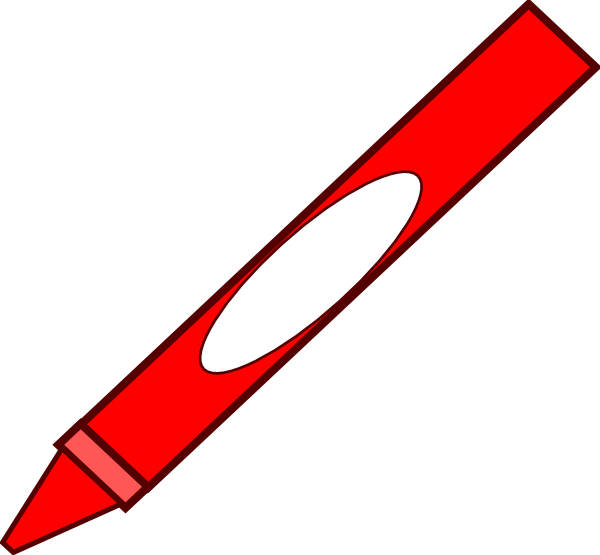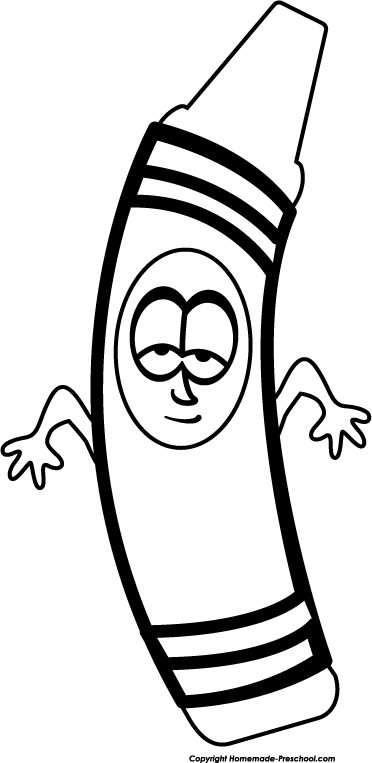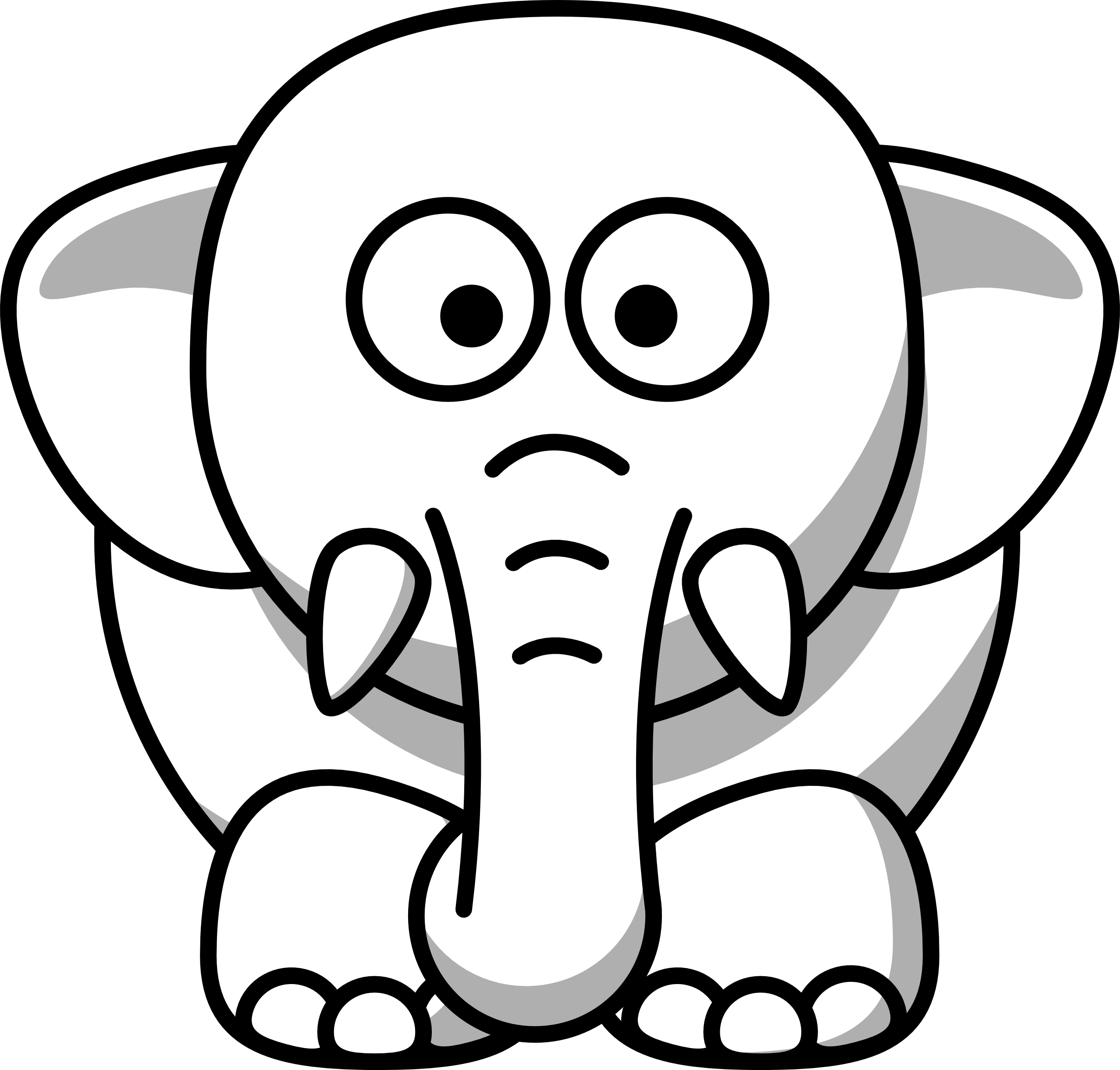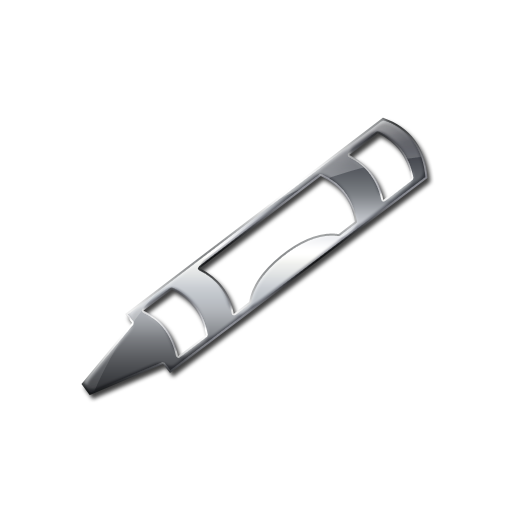Crayon Clipart
Crayons are sticks of colored wax, charcoal, chalk, or other material used for writing, coloring, drawing, and more. Wax crayons trace origins to Europe in the early 1800s used for marking sheep. By the 1830s colored wax crayons emerged modeled after pastels for art. American manufacturer Binney & Smith created the Crayola brand in 1903 with an eight color box. Now with 120 diverse hues, Crayola dominates global crayon sales. These classic school supply staples inspire creativity in children and adults.
Types of Crayons
There are several major varieties including:
- Wax – Pigmented paraffin wax mixed with non-toxic additives to strengthen crayons
- Oil Pastels – Pigments with non-drying oils and wax binders create creamy texture
- Chalk – Colored chalk as drawing sticks, also called pastel crayons
- Charcoal – Charcoal pencil and sticks used for drawing and sketching
- Watercolor – Water soluble wax or glycerin formulation creating flowing color
Crayon Shapes and Sizes
While round crayons preceded rectangular ones, most brands now use sharp edge hexagonal or triangular shapes preventing rolling. Large jumbo or “biggie” sizes offer easy grips for young children. Thin crayons allow detailed coloring while wide stubby ones work better for covering spaces. Coloring waxes come in 1/2 inch up to 4 inch jumbo lengths. New giant options like Crayola’s “Grown Up” crayons boast 5 inch lengths and 1 inch diameters catering to adult coloring fans.
Crayon Colors
Earlier black, brown, red, blue, and yellow pigmented waxes expanded into extensive ranges as synthetic dyes advanced, allowing famous fluorescent and glitter colors by the 1970s. Metallic, pearl, neon, and shifting iridescent effects emerged in the 1990s. While common packs feature 24, 48, 64, or 120 colors, the largest assortment is Crayola’s 170+ crayon specialty tower.COLORS AND HUES. Expanded skin tone options now dubbed “Colors of the World” counter racist visual legacies privileging white faces as the default “flesh” shade in art materials.
Crayon Brands
Popular brands around the world include Crayola with 80% marketshare and perceived quality leadership. Competitors like Rose Art offer cheaper alternatives while specialty brands feature unique colors, shapes, or sustainability angles. Notable brands include:
- Crayola – By far the dominant brand with high quality and brand recognition
- Rose Art – Leading cheaper brand competing on price in arts & crafts stores
- Stabilo – German brand focused on vibrant colors and smooth textures
- Lyra Rembrandt Polycolor – Top oil pastels with highly lightfast pigments
Crayon Packaging
Crayon sets pair coloring function with decorative visual appeal targeting children’s desires. Early plain or labeled organic shaped box designs standardized into the iconic yellow and green Crayola boxes by the 1950s. Alternate themes like Disney characters, seasonal images, or specialty boxes serve collectors trading on nostalgia while emphasizing brighter colors, and display visibility on crowded shelves catches kids’ eyes.
Innovations in Crayon Technology
While paraffin and dye based crayons changed little over decades, novel enhancements keep them relevant including:
- Scented – Microencapsulated fragrance oils release aromas when colored for sensory play
- Glitter – Plastic glitter suspended in dyes add sparkling dimension
- Glow-in-the-Dark – Phosphorescent pigments charge up under light
- Metallic – Powdered bronze, silver and gold dust offer shimmering effects
- Erasable – Allow rubbing off marks with special abrasive tipped erasers
- Twistable – Eliminate sharpening with mechanical push-up sticks
Crayon Art
Crayons color more than just book pages. Many consider crayons the quintessential childhood art material. Creative applications include graffiti street art, blending color washes akin to painting, elaborate melted crayon art, 3D sculptural scenes, and embedding crayon shavings into clear resin blocks creating kaleidoscopic effects. Their waxy physicality enables manipulation impossible in more fluid children’s paints.
Crayon Clipart and Images
Simplified crayon illustrations form pithy hooks encapsulating childhood joy and playful creativity. Colorful clipart depict anthropomorphized crayons with stick figure arms and legs dancing, splashing rainbows behind bold font slogans, or spelling names in block letters. Photos capture overflowing piles of worn down nubs memorializing active use or close ups of open crayon boxes with one chamfered green crayon symbolic of growth and creativity.
Crayon Popularity and Impact
Ubiquitous on kids’ supply lists for over a century, crayons endure as appealing first art materials with bright colors, charming marketing, and innocence linking generations. Far from just juvenile, adult coloring books and crafting display crayons’ meditative capacities to transport users into absorbed present moment creative flow states. Their fanciful names humanize colors while new diverse skin tone shades teach inclusiveness rivaling the best moral children’s literature. Clear connections stretch from toddlers’ enthusiastic scribbles to modern architects’ wax renderings illuminating creativity at all ages.
In this page clipartix present 67 crayon clipart images free for designing activities. Lets download Crayon Clipart that you want to use for works or personal uses.
